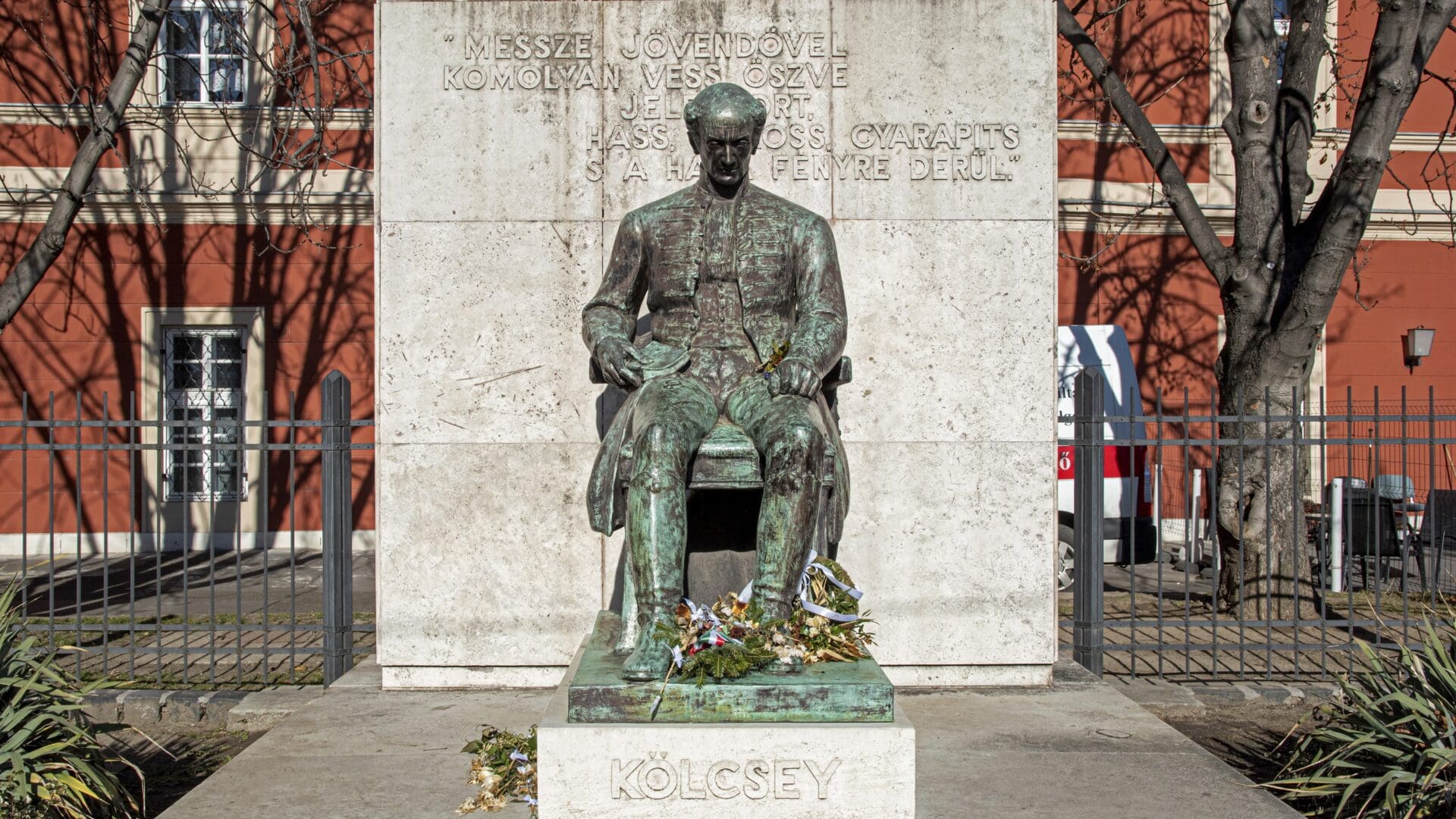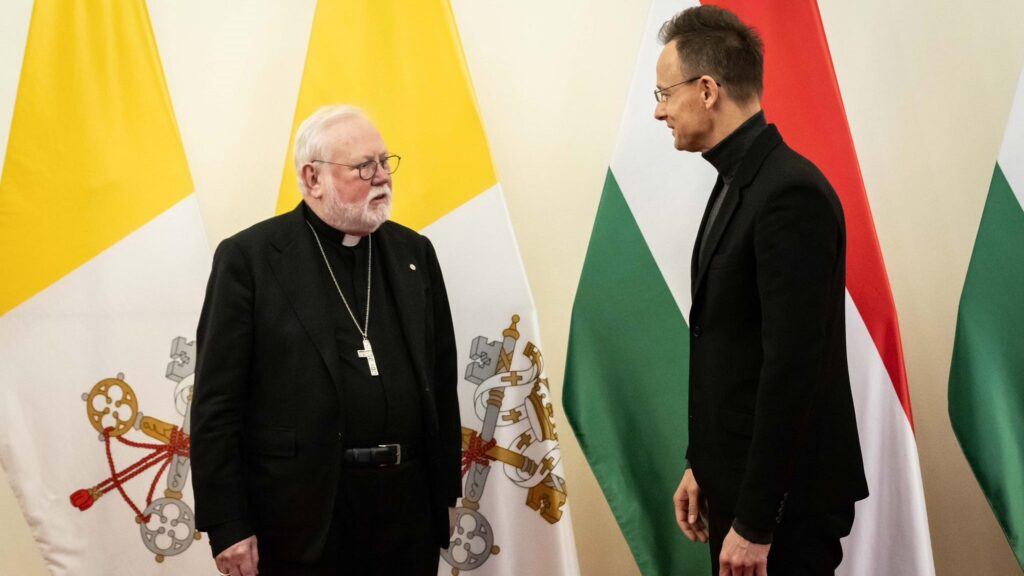Hungary’s national anthem or the Hymn was written by Ferenc Kölcsey in 1823. The poet completed the Hymn on 22 January, 200 years ago today. For the last 33 years, Hungarians have been celebrating the Day of Hungarian Culture on this day. The Hymn was first published in 1828, but neither the first nor the following 1832 publication received much public attention. Before Director of the National Theatre Endre Bartay called for applications to compose a musical setting for the Hymn in 1844, the poem was barely known to the public. While the competition received over a dozen submissions, Ferenc Erkel’s musical setting was chosen as the winner. Kölcsey’s Hymn with Erkel’s musical setting was first presented to the public on 2 July 1844, and it immediately became a success among the audience. In the next couple of months, the Hymn was popularised as Hungary’s national anthem in many large public gatherings. Kölcsey’s Hymn with Erkel’s musical setting was de facto used as Hungary’s national anthem since this period, however, it was not officially recognised as a national anthem until 1989.
The recognition of the Hymn as Hungary’s national anthem was difficult not only because Hungary was ruled by the Habsburg dynasty when it was written but also due to the religious diversity of the country. In the 1820s when the Hymn was finished Kölcsey has allegedly added the Hymn’s famous subtitle ‘A magyar nép zivataros századaiból” or in English ‘From the stormy centuries of the Hungarian nation” to circumvent Austrian censorship by emphasising the historical context of the poem instead of drawing attention to the political connotations of the time. Censorship under the Habsburg rule, and the dynasty’s concerns about Hungarian national awakening were demonstrated when the emperor blocked the Hymn’s recognition as Hungary’s anthem. While in 1903 the Hungarian parliament did accept a bill to make the Hymn Hungary’s anthem, the King of Hungary, Franz Joseph refused to sign the legislation, therefore, it could not enter into force. Around the same time, there was a great public debate in Hungarian Catholic circles as well about the recognition of the Hymn, and whether it can be performed in Catholic churches or not. Kölcsey was a Protestant poet, and his works, including the Hymn, were interpreted as pieces of Protestant literature. Ultimately, the Hymn became the most important Hungarian national song that has the power to unite all Hungarians across religious, socio-economic, and political divides.
The Hymn was written in first person plural that helps the reader identify with the poet’s prophetic voice recounting the greatest glories and tragedies of Hungarian history. In essence the Hymn is a prayer to God to bless Hungarians and assist them as they stumble through history. As the Hymn follows the structure of hymns that are written for the purpose of prayer, the Hymn revolves around sin, punishment and divine grace. After addressing God, the hymnist asks God to bless the Hungarians and then reasons with God to demonstrate that after centuries of tragedies, it is time for his blessings. After two stanzas enlisting the most glorious deeds and successful times in Hungarian history, Kölcsey dedicates four stanzas to the tragedies the country suffered for its sins. The demonstration of the tragedies, of which Kölcsey recounts twice as many as from the glories appeals for God’s compassion to save the Hungarian from despair as the nation’s suffering is beyond what it can bear. With its unparalleled historical appeal but simultaneously praying for a better future, the Hymn places Hungary in a historic continuity, uniting past, present and future generations of Hungarians in one poem.
Not all may be aware that the Preamble of Hungary’s Fundamental Law, which came into effect on 1 January 2012, begins with the first line of the national anthem: ‘God bless the Hungarians.’ Another interesting fact about the Hymn is that it is not only performed at official commemorations, school or sporting events, but is still also sung at the end of both Catholic and Protestant church services either regularly, or to mark important Christian and national holidays.








